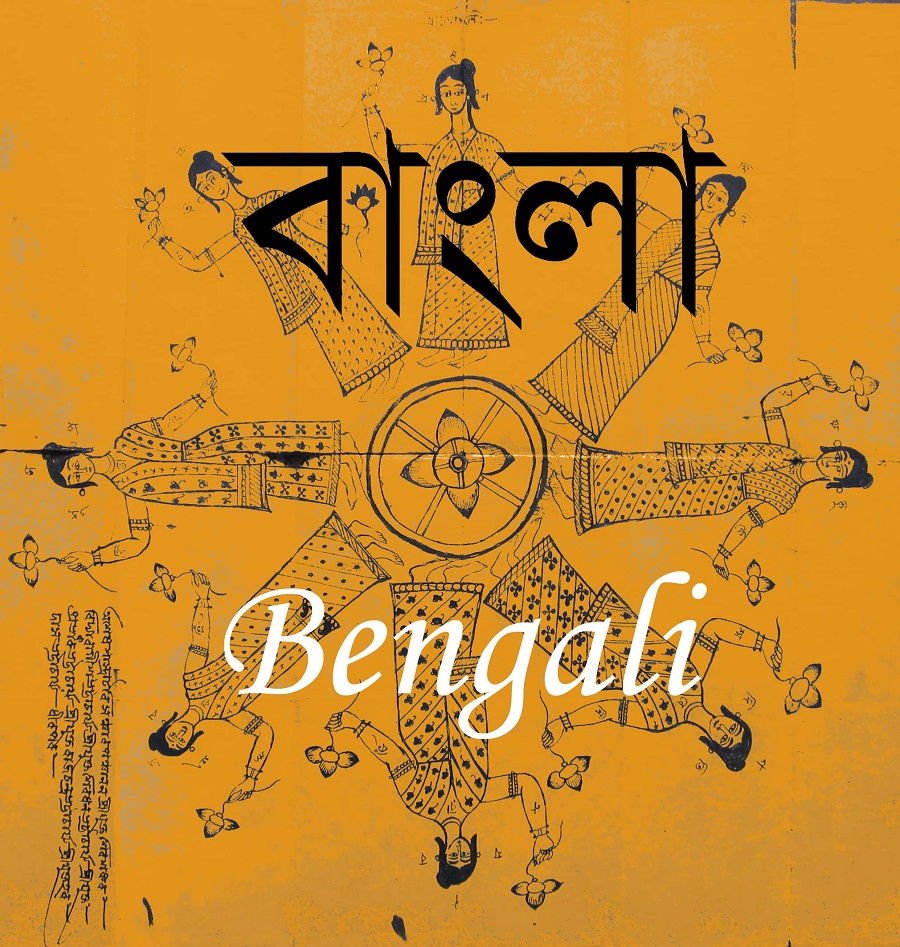

Sarat Chandra Chattopadhyay was one of the most popular novelists of the early 20th century whose specialty was exploring life and sufferings of women in contemporary rural Bengal. The new genre of poets focused away from Tagore’s ideological style and adopted themes and philosophies such as Marxism and Freudian interpretation of mind, which were avoided and often criticised by Rabindranath Tagore. He is known for his epic in blank verse, Meghanabandah, an unorthodox interpretation of an episode from the Ramayana, besides a number of sonnets.ĭwijendralal Ray, Jatindramohan Bagchi, Kumud Ranjan Mullick, Kazi Nazrul Islam, Ashraf Ali Khan, Farrukh Ahmad, Jibanananda Das, along with Buddhadeva Bose, made a major attempt to transcend the Tagore legacy. Michael Madhusudan Dutt was the pioneer to break out of traditionalism and successfully experiment with naturalising European forms into Bengali poetry. The emotional temperament and lyrical genius of the Bengali found a fitting medium in poetry.

But Bankim Chandra established the novel as a major literary form in India. Pearcy Chand Mitra’s Alaler Gharer Dular which, in fact, anticipated the development of the novel. Bankim Chandra is considered the father of the modern novel in India, though social and historical novels had been written before him in Bengali, e.g. They standardised the medium, which their younger contemporary Bankim Chandra Chatterjee turned with skill and verve into a creative tool for his novels and stories. Ishwar Chandra Vidyasagar and Akshaykumar Dutta showed the rich potential of Bengali prose and brought a sense of discipline to the use of the language which became chaste and vigorous in their hands. But it was Raja Rammohan Roy’s pamphlets and essays on the issues of the day that gave to Bengali prose a forceful and vibrant style. The establishment of the Fort William College at Calcutta in 1800 also contributed to the development of Bengali. William Carey wrote a Bengali grammar, compiled an English-Bengali dictionary and got the Bible translated into Bengali. In the development of Bengali prose, the role of the Christian missionaries must be acknowledged. It was in the nineteenth century that modern Bengali literature came into being. The Eastern Bengal ballads and Muslim love songs are an important part of this period. The Baul tradition emerged as an intellectual icon with Lalan Fakir. In the Later Middle Ages, the tradition of Shakta Poetry or Shakta Padavali grew The age of mangalkavya has its end with the composition of Bharat Chandra’s Annada Mangal. Three major kinds of mangalkavya that flourished are Manasamangal, Chandimangal and Dharmamangal. The translation of Mahabharata into Bengali became famous at the time. The Chaitanya Charitamrita is the main theological resource for Gaudiya Vaishnava theology. The Chaitanya Charitamrita is a hybrid Bengali and Sanskrit biography that documents the life and precepts of the Vaishnava saint Chaitanya Mahaprabhu. The best known work in this style is the Chaitanya Charitamrita by Krishnadasa Kaviraja. In the 16th-17th centuries another type of Vaishnava literature developed-biographical in nature, centred round the personality of Chaitanya. It became a popular literary form after Sanskrit works came to be rendered in Bengali. With Manasa Mangal and Chandi Mangal flourished the mangalkauya tradition-long narrative poems extolling the struggle and triumph of a god or a goddess in establishing himself or herself against rivals. Adaptations of the Ramayana became popular in the 15th century Kritivasa Ojha’s rendering of the epic is given the same kind of respect in the east as Tulsidas’s Ramacharitmanas gets in the north. Chandidas composed his devotional lyrics which deeply influenced the literature. The Middle Bengali literature can be divided into three: Pre-Chaitanya era (15th century) when Vaishnava Padavali by Chandidas and Vidyapati was composed. In the 14th century Vaishnavism spread over Bengal. The Natha literature was inspired by the philosophy of the Buddhist Sahajiya cult. The manuscript has 47 verses, written by 23 poets bearing association with various regions of east India.


 0 kommentar(er)
0 kommentar(er)
